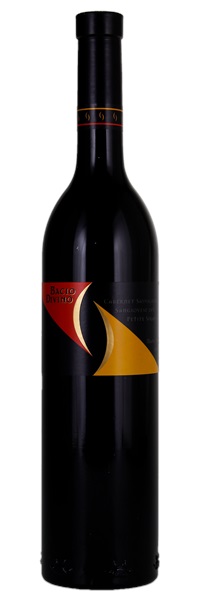Estimate


...sweet notes of black fruit, charcoal, licorice, new saddle leather, and dried herbs. This rich, multi-layered, medium to full-bodied red possesses a lush, hedonistic mouthfeel, complex aromatics, and a fabulous finish.
A richly flavored, smoothly textured wine that weaves together lots of pretty currant, cedar, coffee and blackberry fruit, but is also quite expansive. Well-focused, it's complex and concentrated without being too heavy...